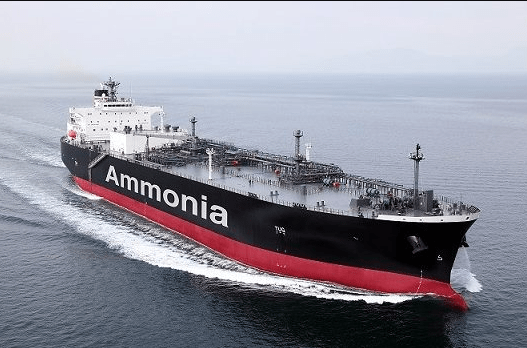The International Energy Agency (IEA) forecasts that biofuels, ammonia and hydrogen meet more than 80% of shipping’s fuel needs by 2070, but the maritime industry has a long way to go and will need government support to make the transition.
The IEA’s new report Energy Technology Perspectives 2020 looks at hundreds of technologies in various stages of development. In the introduction to the report, Dr. Fatih Birol, the IEA’s Executive Director, comments: “As the report’s rigorous analysis makes clear, achieving international climate goals hinges on dramatically scaling up clean energy technologies to reduce greenhouse gas emissions.”
The transport sector (accounting for 23% of CO2 emissions in 2019), which includes shipping, is third, behind power generation and industry, in generating CO2 emissions. The report pegs CO2 emissions from shipping in 2019 at 710m tonnes, which IEA says is equal to 20% of total CO2 emissions from freight transport.
In the pages dealing with the maritime sectors, the report’s authors offer the longer term perspective of: “In maritime shipping, biofuels, ammonia and hydrogen meet more than 80% of shipping’s fuel needs in 2070, using around 13% of the world’s hydrogen production. Energy efficiency also makes a significant contribution. These changes require further tightening of efficiency targets and low-carbon fuel standards to close the price gap with fossil fuels and de-risk investment.”
They add that decarbonization: “will require long-term planning and government support [the point emphasized by Dr. Birol]. R&D of alternative powertrains and fuels is needed to reduce costs and improve performance, and measures to develop associated infrastructure. More than 60% of the emissions reductions in 2070 come from technologies that are not commercially available today.”
Interestingly, the IEA notes a conflict between efforts to reduce sulphur emissions, versus longer-term objectives: “There is a risk that short-term measures to reduce sulphur and other pollutant emissions may lock-in investments in fossil fuels, hampering efforts to reduce CO2 emissions in the longer term.” Mixing with biofuels is suggested as a short term mitigation option.
In the shorter term, the maritime industry has a long way to go- the report states explicitly that: “No technology to replace the main engine of oceangoing vessels is yet commercially available.”
The IEA report, taking a very long term 50 year view on clean energy, says the following about transport generally: “Reducing oil use and CO2 emissions in long-distance transport modes – heavy-duty trucking, maritime shipping and aviation, the focus of this chapter – is particularly difficult because of their energy and power density requirements: technically viable alternative fuel technologies are not yet very advanced and are also likely to initially cost more than oil-based fuels.”
For shipping, in the IEA’s “Sustainable Development Scenario” in 2070, oil fuels do not go away but ammonia, hydrogen and biofuels are seen to be taking the lion’s share (the 80% noted above) for ocean going vessels (with currently ongoing demonstration efforts to employ ammonia and hydrogen fueled internal combustion engines noted). Fuel cells and battery power are viewed as potential power sources, but on shorter routes.
A webcast hosted by Columbia University’s Center on Global Energy Policy, presented additional context to the just-released report. In his remarks, Dr. Birol stressed the importance of the importance of dealing with existing long-lived assets (and not just looking at “new” cleaner assets). He also noted that implementation will need a strong push from impacted sectors, saying: “Governments will determine what happens.”

